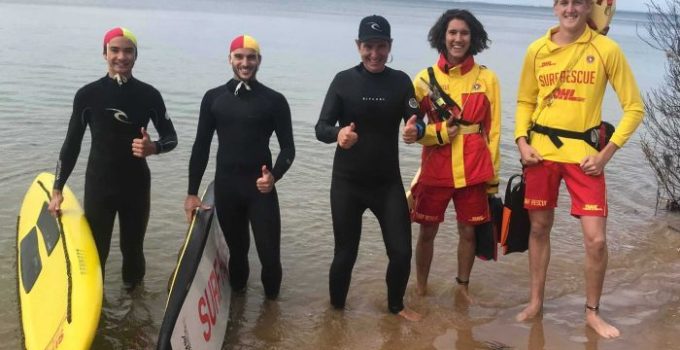When most people think of “Everest,” they picture a summit photo. We picture the months and years that lead up to any safe attempt. Training cycles, medical green-lights, logistics, weather calls and a team that puts people before peaks.
Training with purpose
Strength, endurance and altitude exposure are the foundations. Bobby’s plan also includes careful rest, monitoring MS symptoms and adjusting as needed. The goal is sustainable progress, not perfection.
Health and medical oversight
No mountain is worth a life. Medical advice and real-time health checks shape every decision—from training intensity to whether a push continues or stops. That’s not weakness; that’s wisdom.
Team, trust and safety
Everest is never a solo effort. Guides, Sherpa expertise, logistics and weather forecasting all work together to create a “go/no-go” framework. The best teams know when to climb and when to call it.
Previous high-altitude milestones
Bobby’s earlier Himalayan climbs and treks provided hard-won lessons: how his body responds, how to adjust with MS in mind, and how to make conservative calls without losing momentum.
Why the journey matters
Sharing the process, especially the tough calls helps others see that courage isn’t the absence of fear; it’s the presence of wisdom, community and care.

